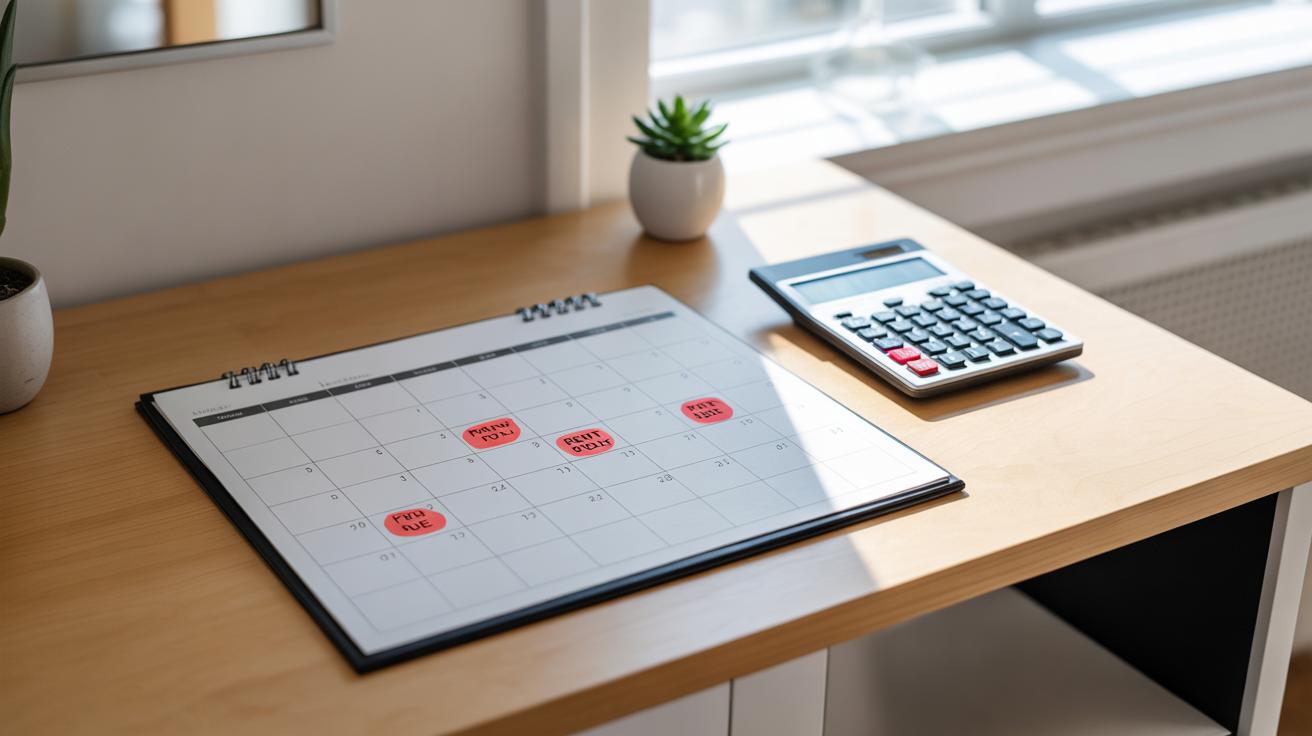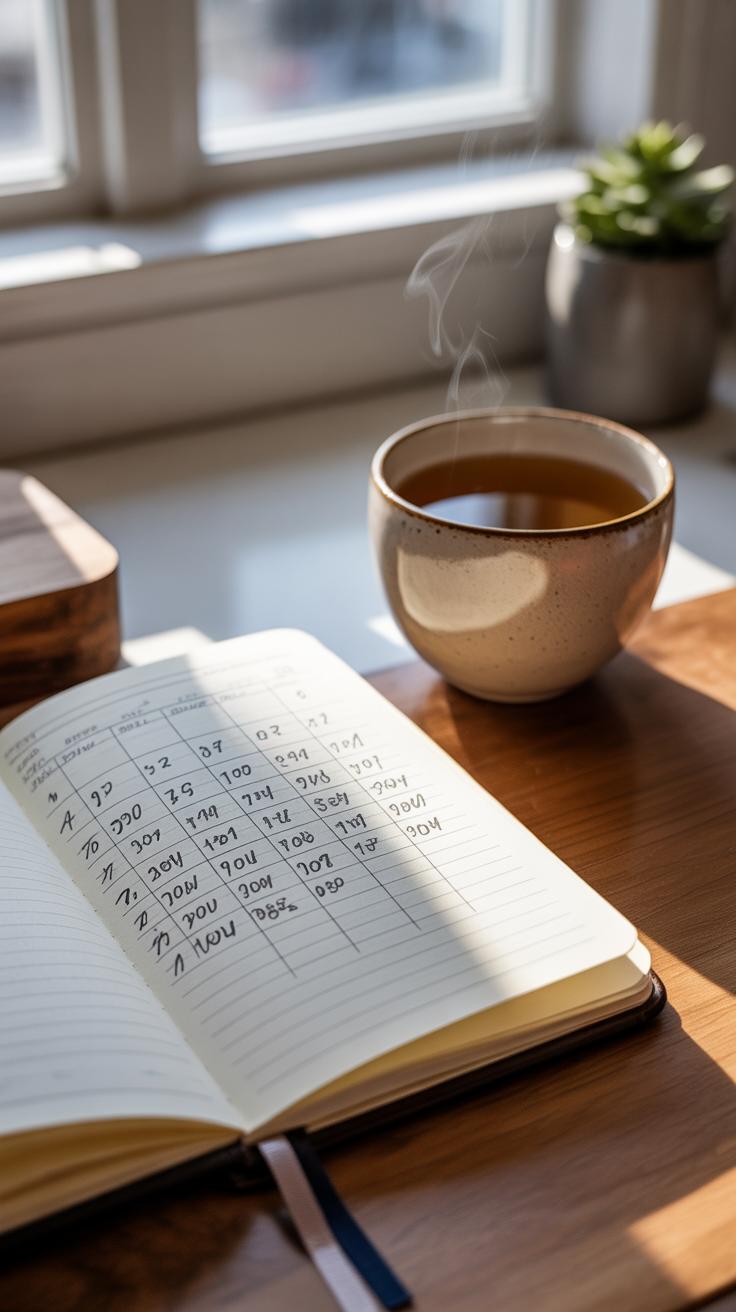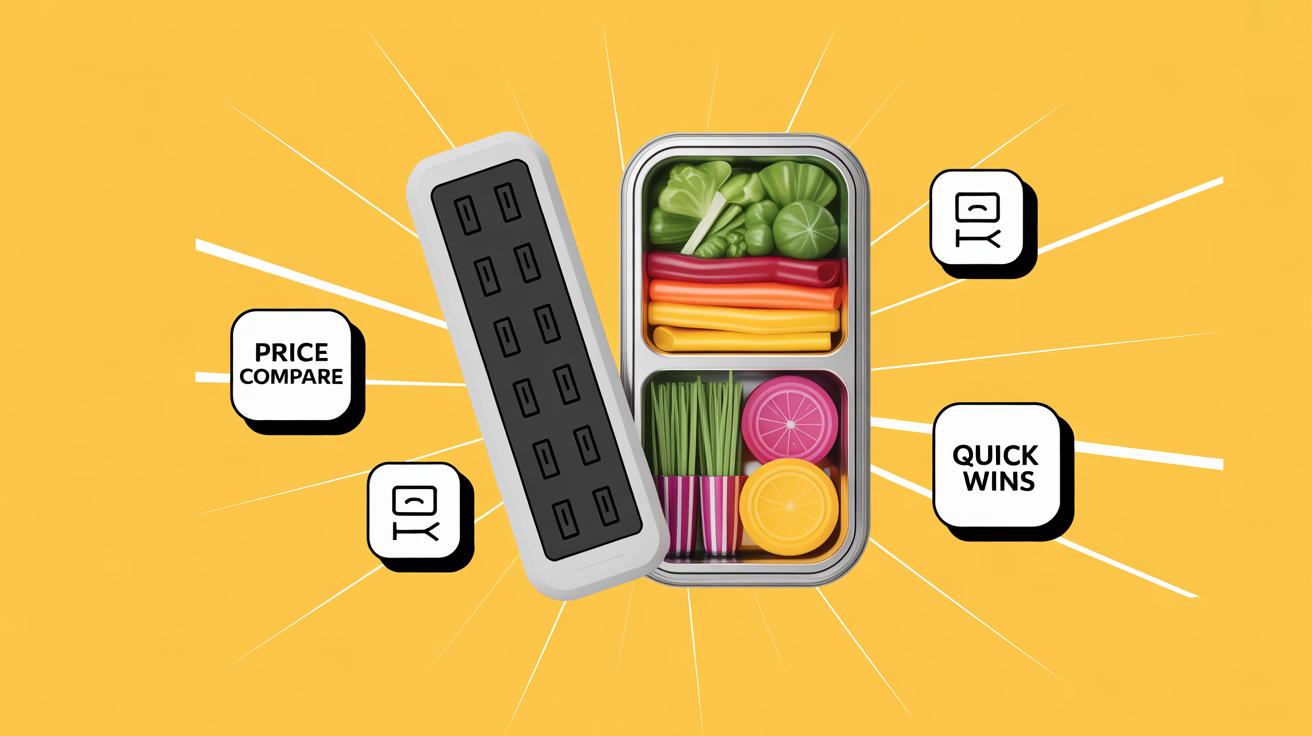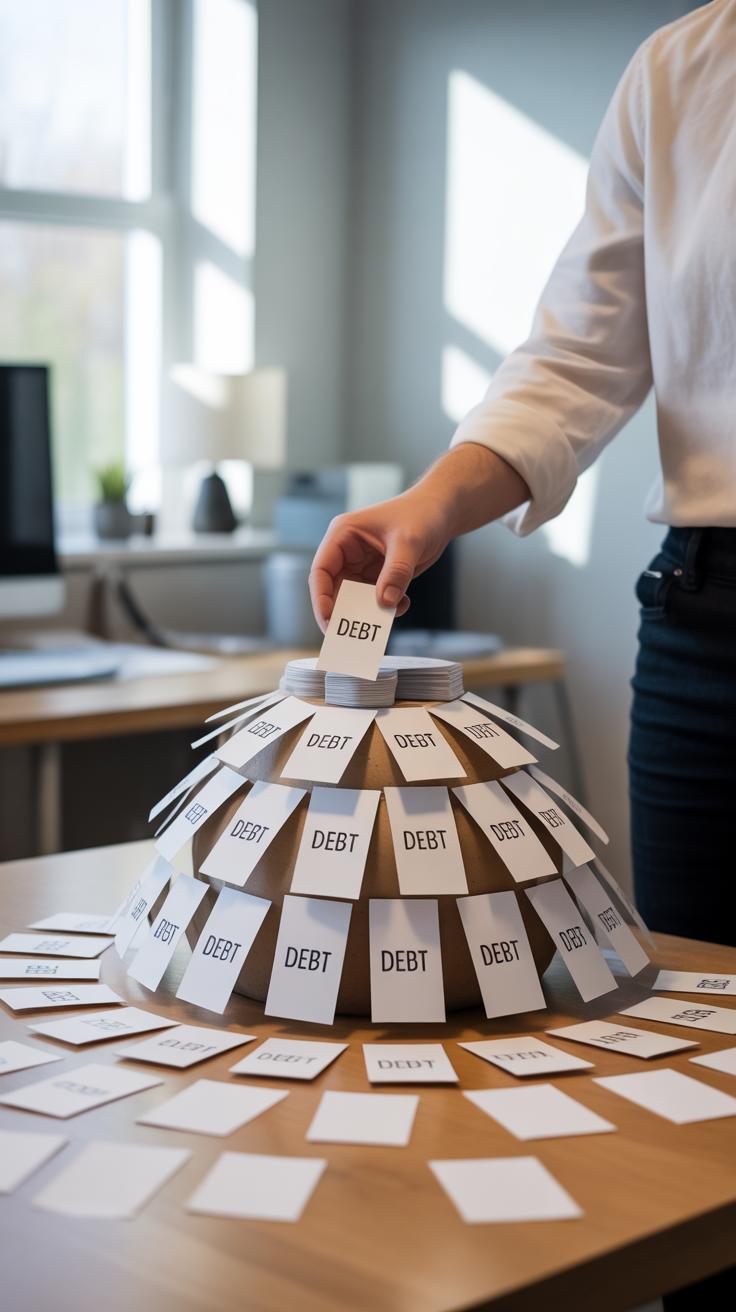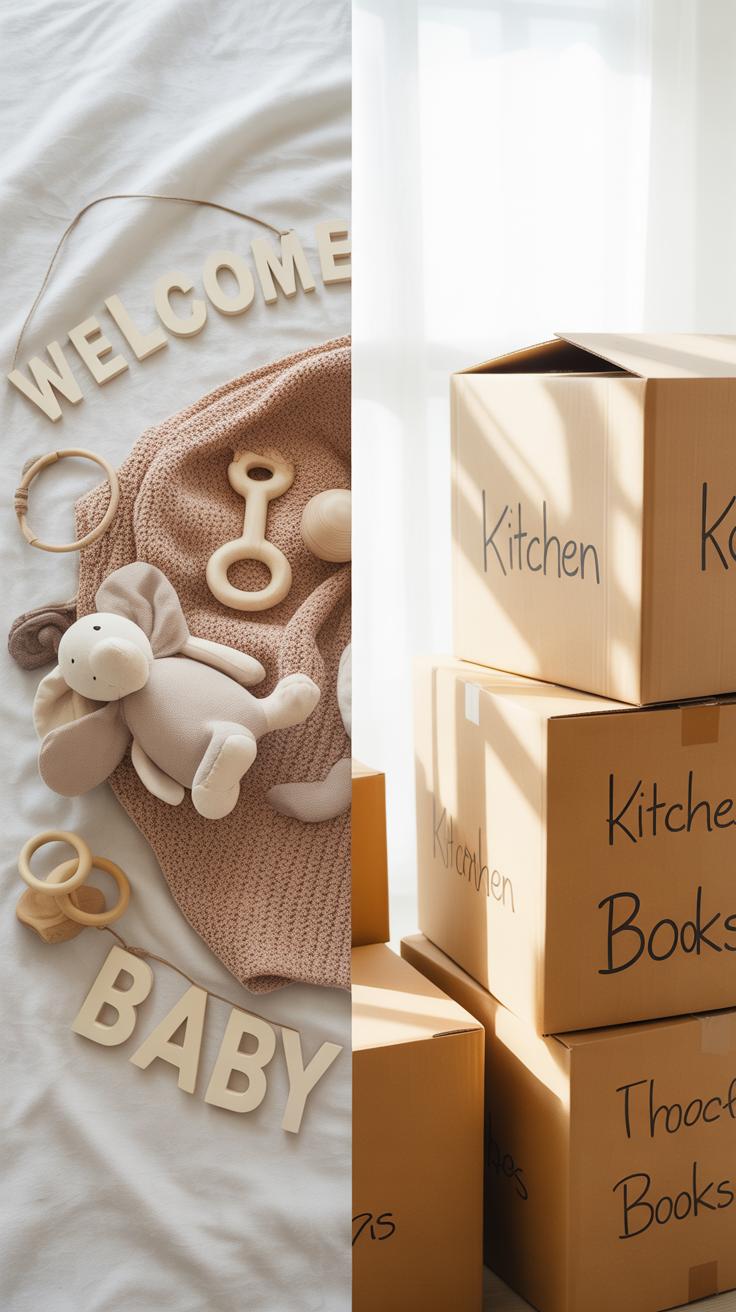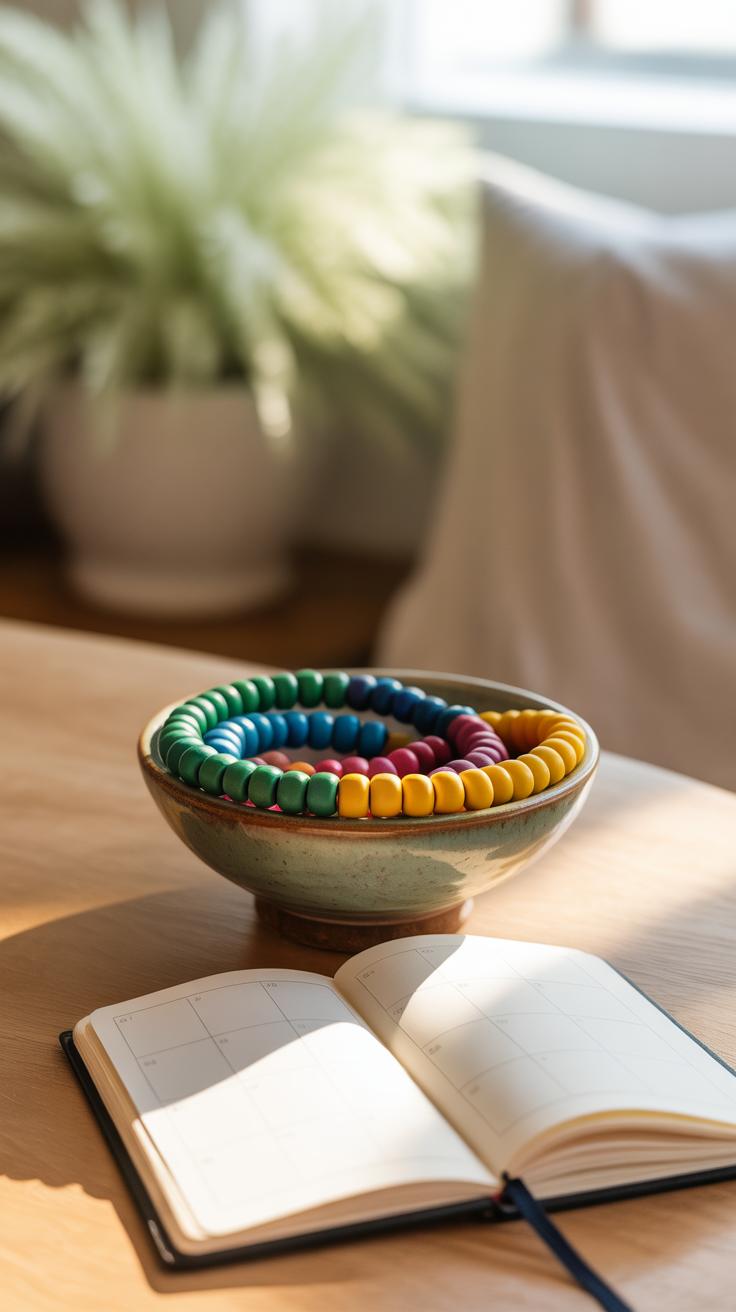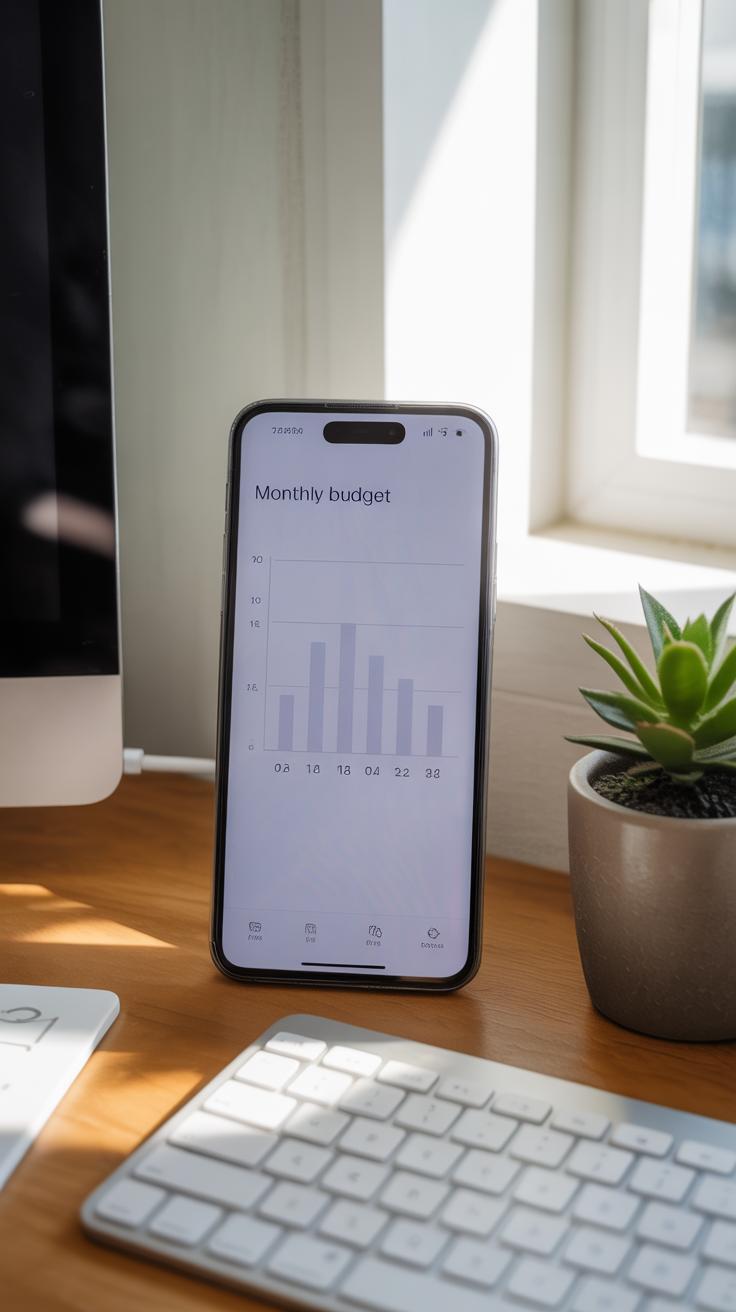Introduction
Budgeting for finances that actually fits real life means creating a plan to manage your money that works for your everyday needs. Many people find budgeting hard because plans don’t match what really happens each month. This article explores how you can build a budget that fits your life and helps you control your spending, save money, and meet your goals.
We will look at easy ways to start budgeting, common challenges, and how to stick with your plan. You will also learn how budgeting connects to your bigger financial picture, like paying off debt and saving for the future. This guide is about making money management simple and practical for you.
Understanding What Budgeting Really Means
What Is a Budget and Why Do You Need One
A budget is simply a plan for your money. You list how much money you expect to come in and then decide where it should go. Think of it as a way to tell your money what to do instead of wondering where it went at the end of the month. It doesn’t have to be complicated or perfect.
For example, if you get paid $2,000 this month, your budget could start by setting aside $500 for rent, $200 for groceries, and maybe $100 for transport. The rest is then allocated to other things like bills, savings, or a night out. Having this plan helps you avoid running out of money too soon or putting off bills until they pile up.
Why bother, though? Because without a budget, it’s easy to lose track and feel unsure about your financial situation. It can be stressful—and avoiding stress around money is worth the effort.
How Budgets Help You Take Control
Once you have a budget, you actually see where your money goes. That’s powerful. It turns mystery spending into something visible. Say you notice you’re spending $150 a month on coffee and snacks—maybe that’s fine, or maybe you want to cut back and funnel that money elsewhere.
Knowing this can prevent surprises, like realizing your account is nearly empty days before payday. That light at the end of the tunnel makes it easier to manage day-to-day life. And if you have a goal—saving for a trip, paying off debt, or buying something big—a budget helps you get there by showing what you can realistically set aside each month.
So, budgeting isn’t about restriction or rules. It’s about gaining a clearer picture and making smarter choices. Give it a try—see how it changes the way you think about your money.
Starting Your Budget The Easy Way
Begin by writing down all your income sources. This means not only your main paycheck but also any side jobs, freelance work, or occasional money like gifts or refunds. It can feel a bit tedious, but seeing everything laid out makes a difference. You might forget that small freelance gig or that cash gift from a birthday.
Next, list out your expenses. Don’t just think of big bills like rent or mortgage. Include groceries, transportation, subscriptions, and even coffee runs. Some days, it’s the small stuff that adds up more than you expect.
When choosing categories, keep them simple and personal. Instead of complicated labels, go with what fits your routine, like:
- Housing (rent, mortgage)
- Utilities (electricity, internet)
- Food (groceries, dining out)
- Transportation (gas, public transit)
- Entertainment (movies, streaming)
- Miscellaneous (gifts, random purchases)
These categories aren’t set in stone. If you find you spend a lot on books or hobbies, add a category just for that. The goal is to make your budget reflect what you actually spend money on, not some ideal version of your life.
Try tracking your spending for a week without judging yourself. It’s baffling sometimes how money slips away on things you barely notice. Having it written down gives you a clearer view. You might be surprised what really takes a bite out of your income.
Setting Realistic Spending Limits
Creating spending limits that you can actually live with is tricky, right? If you set them too tight, you’ll feel restricted and may even give up. Too loose, and you won’t notice any savings at all. The goal is to find that middle ground where you feel in control but not deprived.
Start by looking at your past spending, but don’t obsess over every small purchase. Focus on the bigger categories—food, transport, entertainment. Ask yourself, “What feels reasonable here?” Sometimes it means allowing a bit more for things you really enjoy, so your budget isn’t a constant battle.
Try this approach:
- Set limits based on what you actually spend, not just what you wish you could spend.
- Give yourself a small buffer in each category—it keeps things from feeling too strict.
- Adjust as you go; if something feels off, tweak it rather than ignoring the discomfort.
It’s okay if your spending limits don’t look perfect at first. Budgeting isn’t about rigidity; it’s about making your money work for you, without stressing all the time.
Learning to Say No to Extra Spending
We all face temptations—those little extras that pop up and feel harmless. But saying no isn’t always easy. It’s less about denying yourself and more about reminding yourself why you set those limits in the first place.
Before buying something extra, pause and ask, “Does this fit my budget? Do I really need it now?” Sometimes just that moment to think can stop impulse buys. Another approach is to plan for treats ahead of time. When you know you have room for them, they don’t feel like a guilty slip.
Here are some ways to firm up your “no”:
- Unsubscribe from unnecessary marketing emails—they’re designed to get you spending.
- Keep a list of non-urgent items to revisit later rather than buying immediately.
- Remind yourself of your bigger goals, like saving for something important.
Resisting extras isn’t about perfection; it’s just about small decisions that add up. You might say yes sometimes, and that’s okay, as long as it doesn’t become a habit.
Adjusting Limits as Life Changes
Your spending limits aren’t set in stone. Life throws curveballs—new jobs, unexpected bills, or even changes in your priorities. When these happen, your budget needs to adapt, or it becomes less useful.
Maybe your income grows and you want to enjoy more dining out, or maybe medical expenses increase suddenly and shrink your discretionary spending. Being flexible means you don’t have to feel guilty or stressed when you adjust your limits.
Think about these points:
- Check your budget regularly, especially after life changes.
- Don’t be afraid to loosen or tighten categories based on what’s happening.
- Remember that temporary shifts are normal; your budget can shift back once things settle.
It can feel a bit uncertain to keep tweaking your spending limits, but that’s part of making your budget fit real life—not the other way around. You might not get it right every time, but staying flexible helps keep your finances manageable without getting overwhelming.
Tracking and Recording Your Spending Daily
Keeping a close eye on your spending every day can feel tedious, but it’s often the difference between losing control and staying on track with your budget. When you note down each purchase—small or large—you get a clearer picture of where your money really goes. It’s not about shaming yourself for a few coffee runs or last-minute buys, but rather about understanding your habits and patterns.
One practical approach is to pick a simple tool that you’ll actually use. Some people swear by a plain notebook where they jot down every expense immediately. Others prefer smartphone apps designed specifically for tracking expenses; these can even categorize your spending for you automatically, making it easier to spot trends without extra effort. If you’re a bit of a numbers person, a basic spreadsheet works well too—it can be set up once and then updated quickly.
Don’t let tracking become a once-in-a-while chore. Set aside a few minutes daily, maybe right after you pay or before bed, to review and record your spending. Doing this regularly means you won’t have to guess or rush through the process later—and more importantly, you’ll notice if you’re drifting away from your budget sooner rather than later.
It might feel like overkill at first, but I’ve found that even a quick check-in helps me catch little spending slips that add up. Could you actually remember every coffee or snack purchase without writing it down?
Using Simple Tools to Track Your Money
Picking the right tool to track your expenses makes all the difference. Not everyone wants a digital app, and that’s okay.
- Notebook: A small notebook you carry or leave where you pay can work well. Write down each purchase, including cash transactions.
- Apps: Apps like Mint, EveryDollar, or just your bank’s app can automatically or manually record transactions. They send notifications or summaries to remind you, which helps.
- Spreadsheets: If you feel comfortable with Excel or Google Sheets, set up a simple table categorizing expenses. You can review totals easily and customize it as you like.
The key is choosing something simple enough that tracking doesn’t feel like a second job. If it becomes a hassle, you’re less likely to keep it up.
Checking Your Budget Regularly
It’s worth setting specific times to review your spending against your budget—perhaps once a week or twice a month. This isn’t about obsessing but about keeping realistic control.
Seeing your spending lined up with your budgeted limits can be motivating, or it might shed light on where you need to adjust. Maybe you budgeted too tight for entertainment or overlooked a recurring charge.
I like to review mine on Sunday evenings—not because I’m super organized, but because it helps me plan the week ahead. You might find a timing that fits your rhythm better.
Try asking yourself: Is this budget still working? Where did I slip? What can I adjust? There’s value in that conversation, even if the answers don’t come quickly.
Saving Money Without Feeling Deprived
Saving money doesn’t mean you have to give up everything that makes life enjoyable. Actually, building saving into your budget can feel less like a sacrifice when you break it down into smaller, manageable goals. Instead of aiming to stash away a big lump sum all at once, try setting clear targets that fit what you can realistically afford. For example, saving $20 extra a week for a few months can add up faster than you think, without making you panic every payday.
Creating Small Saving Goals
Start by asking yourself what you genuinely want to save for. Emergency fund? Vacation? A gadget? Whatever it is, divide the goal into bite-sized chunks. This way, saving feels less like dragging yourself through a marathon and more like little checkpoints. You might even find it motivating to watch your savings grow steadily, even if it’s only by small amounts. Think about saving a fixed amount every week or month, and then adjust as needed — flexibility matters because life isn’t always predictable. It’s okay if you skip a week now and then, just don’t let it snowball into giving up.
Finding Ways to Spend Less on Everyday Items
Cutting costs on regular expenses doesn’t have to be bleak. Look at daily habits—what can you tweak? Maybe pack lunch a few times instead of eating out, or take public transport but leave a little earlier to enjoy the quiet rather than busy rush hours. Entertainment can survive without spending a fortune: use free events in your city, swap books or movies with friends, or explore hobbies that don’t demand constant spending. Sometimes, just pausing before a purchase and asking yourself if it really adds value can stop small leaks in your budget. You’ll still enjoy your life, just a bit more thoughtfully and perhaps with less guilt.
Managing Debt Within Your Budget
Debt payments can feel like a heavy shadow looming over your budget, but they don’t have to control it. Including debt as a clear, manageable part of your monthly plan helps you chip away at balances steadily, without unnecessary stress or sudden surprises.
Start by making a repayment plan that fits your actual finances. Figure out the minimum payments first, then see what extra you can afford. Even small additional amounts help over time.
When it comes to which debts to pay off first, think about interest rates. Debts with higher rates cost you more the longer they stick around. So steering extra payments toward these not only shortens the debt timeline but saves money overall.
It’s not always simple, though. Sometimes a lower-interest debt feels more urgent if it’s smaller or emotionally draining. That’s okay, personal comfort counts. But if you want the most financial sense, high-interest debts deserve priority.
Some tips to keep steady progress without stress:
- Automate payments where you can — fewer worries about forgetting.
- Regularly check your budget to adjust payments if your income shifts.
- Keep a little wiggle room for unexpected expenses to avoid setbacks.
- Celebrate small wins to stay motivated, like clearing one card or loan.
Handling debt isn’t just about numbers. It’s also about pacing yourself, staying realistic, and acknowledging that progress may sometimes slow— and that’s perfectly fine. What matters most is that your budget includes your debt in a way you can live with every day.
Adapting Your Budget When Life Changes
Life rarely sticks to a plan, right? Your budget shouldn’t be a rigid thing that breaks the moment something shifts. When your income changes—maybe a raise, a cut, or a new freelance gig—you need to revisit your numbers. It’s more than just plugging in new figures. Think about what those changes mean for your day-to-day and your goals. Will you save more, or perhaps tighten the belt a bit? The key is to stay flexible, but still keep an eye on control. Don’t let your budget turn into a guessing game.
Unexpected expenses pop up all the time—car troubles, medical bills, or even a broken phone. These aren’t just annoyances; they can throw your whole budget off if you’re not ready. Try building a buffer into your monthly plan, something like an emergency fund that grows slowly but surely. Car repairs came out of nowhere for me, once—my budget almost crumbled. That little cushion saved me. You might find keeping a dedicated category for surprise expenses helpful.
Big life events demand bigger adjustments. Moving houses, having a child, or starting a new job changes your financial picture in a big way. Maybe rent climbs, childcare costs begin, or income becomes unpredictable. It’s tempting to stick with your old plan, but this only causes stress. Instead, take a moment to map out new expenses, adjust savings targets, and even reconsider goals if needed. These shifts aren’t failures—they’re chances to keep your budget working for you, not against you.
Building Good Money Habits Through Budgeting
Following a budget often feels like a chore at first, but slowly it starts shaping how you think about money. When you stick to the numbers you set, even on tough days, you’re actually teaching yourself control—real control, not just wishes or goals on paper.
When you know where every dollar is going, the stress tends to ease off. Finances become less of a guessing game and more of a steady routine. There’s a kind of quiet confidence that grows, almost like muscle memory for your spending and saving decisions.
The Power of Consistency
Doing budget tasks regularly isn’t just about discipline—it’s about building habits that stick without wearing you out. Checking your budget once a week, reviewing expenses, or adjusting categories creates little money rituals. Over time, these rituals shape your daily choices in subtle ways.
It’s not about perfection. Sometimes you slip up, miss a check-in, or overspend. But coming back to the routine each time helps you reset. In fact, it’s that regular practice that gradually rewires how you handle money, turning it into something almost automatic.
Rewarding Yourself for Budget Wins
Sticking to a budget can feel restrictive, so tie progress to small rewards. After a month of staying close to your plan, maybe treat yourself to a favorite coffee or a quiet night with a good book. Nothing big, just enough to feel you’re acknowledging your effort.
These little rewards help maintain motivation. They make budgeting less of a drag and more of a personal achievement. Plus, they remind you that managing money well doesn’t mean all sacrifice—some enjoyment can fit in, too.
Using Technology to Simplify Your Budget
Technology can take a lot of work out of budgeting, though sometimes it feels a bit overwhelming to choose the right tool. There are plenty of apps designed to help you track spending, create budgets, and even adjust them as life changes. The key is finding one that matches how hands-on or hands-off you want to be.
When picking a budgeting app, think about how much detail you want. Some apps automatically link to your bank accounts and categorize your expenses for you—that’s great if you prefer a set-it-and-forget-it approach. Others ask you to enter expenses manually, which can feel tedious but might help you stay more aware of your spending. I remember trying a popular automatic app once, but it mixed up some categories, making me feel less in control, so it doesn’t always work perfectly.
Automation also helps with savings and bills. Setting up automatic transfers can avoid the stress of missing a payment or forgetting to save each month. Even a small amount, moved regularly, adds up over time. If you automate your bills, you won’t be chasing due dates or late fees, which can throw off your whole budget. But keep an eye on your accounts—automation isn’t a set-it-and-forget-it solution because sometimes errors happen or balances get tight.
Making Your Budget Work for Your Goals
Setting Clear Financial Goals
When you create a budget, it’s not just about listing expenses and income—think of it as a tool to help you get where you really want to go with your money. Maybe you’re aiming to buy a house, save for education, or build retirement funds. Whatever it is, the key is being specific. Vague goals like “save more” rarely stick. Instead, try defining clear targets:
- How much money do you need?
- By when do you want it?
- What’s the priority compared to other goals?
For instance, if a home down payment is your goal, calculate how much you need upfront and divide that by the months until your target purchase. Seeing that monthly number feels more real and manageable. It also helps you spot if your current spending habits fit the plan—or if something needs to change.
Tracking Progress Toward Your Goals
Budgets aren’t static. You might feel confident at first, then later question whether you’re moving fast enough or if unexpected expenses will throw you off track. This is why regular check-ins matter. Set a monthly review to look at your progress. Ask yourself:
- Are you saving the intended amount?
- Are certain expenses creeping higher than planned?
- Does your timeline still make sense?
A simple spreadsheet or app can help visualize your progress. And if your numbers aren’t matching your goals, tweak the plan. Maybe increase savings slightly, or push back a less urgent goal. The point is that your budget adapts, instead of feeling like a rigid rulebook. Keeping an eye on progress keeps your goals alive and relevant, instead of forgotten resolutions.
Conclusions
Budgeting can be a useful tool if you build a plan that matches your real life. Keeping it simple and clear helps you see where your money goes and what changes you can make. Tracking spending, setting goals, and adjusting your budget regularly makes staying on course easier. It also builds habits that lead to more financial control.
Remember, your budget is there to guide you, not to trap you. By making choices that fit your needs and lifestyle, you get closer to your money goals. Start with small steps and keep learning along the way. This approach turns budgeting into a helpful tool that supports your life, not a burden.








